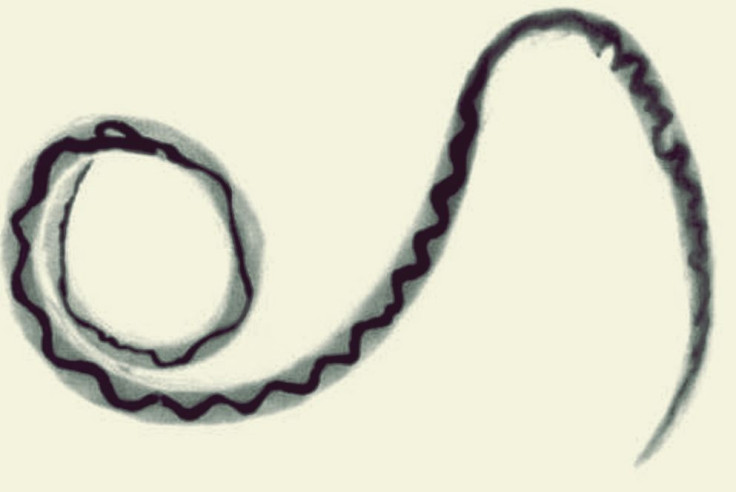Hawaiians At Risk Of Rat Lungworm Infection, Comprehensive Study Finds

A rat lungworm infection in Hawaii that victimized 82 people between 2007 and 2017, which killed two of them has been traced to eating unwashed food and vegetables not properly stored inside containers.
A new study published in the American Journal of Tropical Medicine and Hygiene identified the parasite causing this decade-long infection as Angiostrongylus cantonensis (A. cantonensis), more commonly called rat lungworm. A. cantonensis is a parasitic nematode, or roundworm that causes angiostrongyliasis, the most common cause of eosinophilic meningitis in Southeast Asia and the Pacific.
This parasite commonly resides in the pulmonary arteries of rats, hence its name rat lungworm. Snails and not rats are the primary intermediate hosts of this parasite. A. cantonensis larvae develop inside snails and slugs until they are infectious.
Previous research has found the most common route of infection of A. cantonesis in humans is by ingestion of either intermediate or paratenic hosts of the larvae. Unwashed fruits and vegetables, especially romaine lettuce, were identified as the most common sources of infection. These can be contaminated with snail and slug mucus infected with A. cantonesis larvae.
These types of produce need to be properly washed and handled to prevent accidental ingestion of A. cantonensis larvae or the larvae-containing hosts. The infection in Hawaii affirmed this finding.
Researchers investigating the Hawaii episode, theorized people eating unwashed produce ingested tiny slugs or snails hidden in their vegetables or fresh fruits
The study also found most of the patients with rat lungworm said they ate unwashed produce at least some of the time. While only two patients said they stored food outside, more than half said they stored some food in unsealed containers.
The study noted that other activities such as home-growing food and keeping pets (whose food can attract the slugs) could also increase the risk of infection. It reported most of the patients observed snails or slugs on their property, while two-thirds had seen evidence of rats.
It’s already well-known that even very small "semi-slugs" can carry high concentrations of A. cantonensis and easily hide in produce.

In particular, researchers identified a particular species known as a semi-slug that carries a high concentration of A. cantonensis. The young of this species can be as small as 2 millimeters in length, making them nearly impossible to detect in vegetables and fruits.
Once inside the body, A. cantonensis attacks the central nervous system (CNS).
In all but a few cases, A. cantonensis infection doesn’t require treatment but dissipates on its own after the parasites die, said the U.S. Centers for Disease Control and Prevention. In serious cases, medication can treat the symptoms of the parasite that are caused by the body's immune system and not the parasite itself.



























